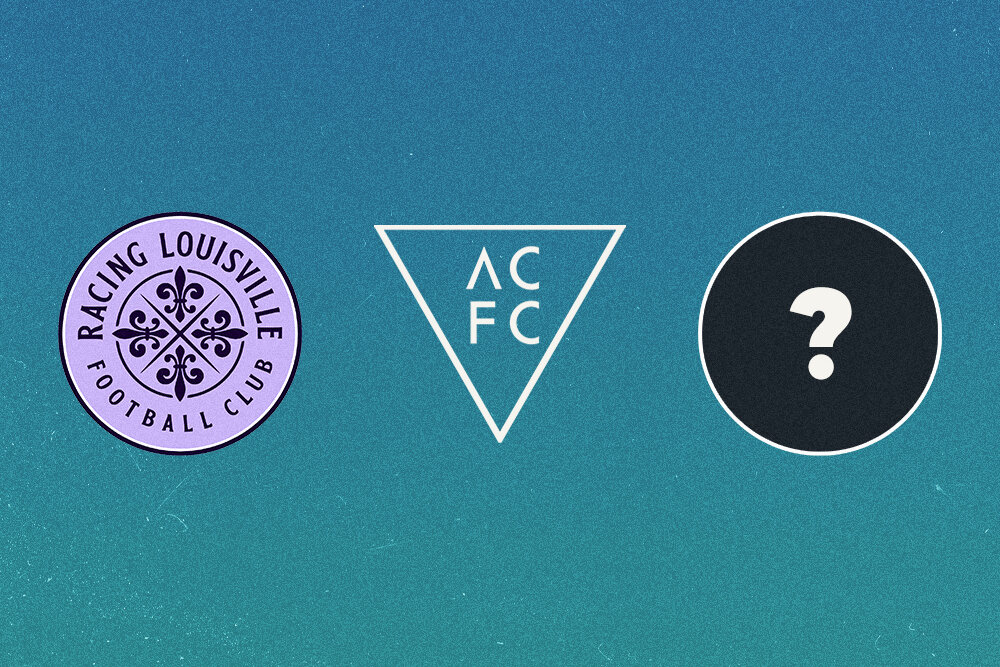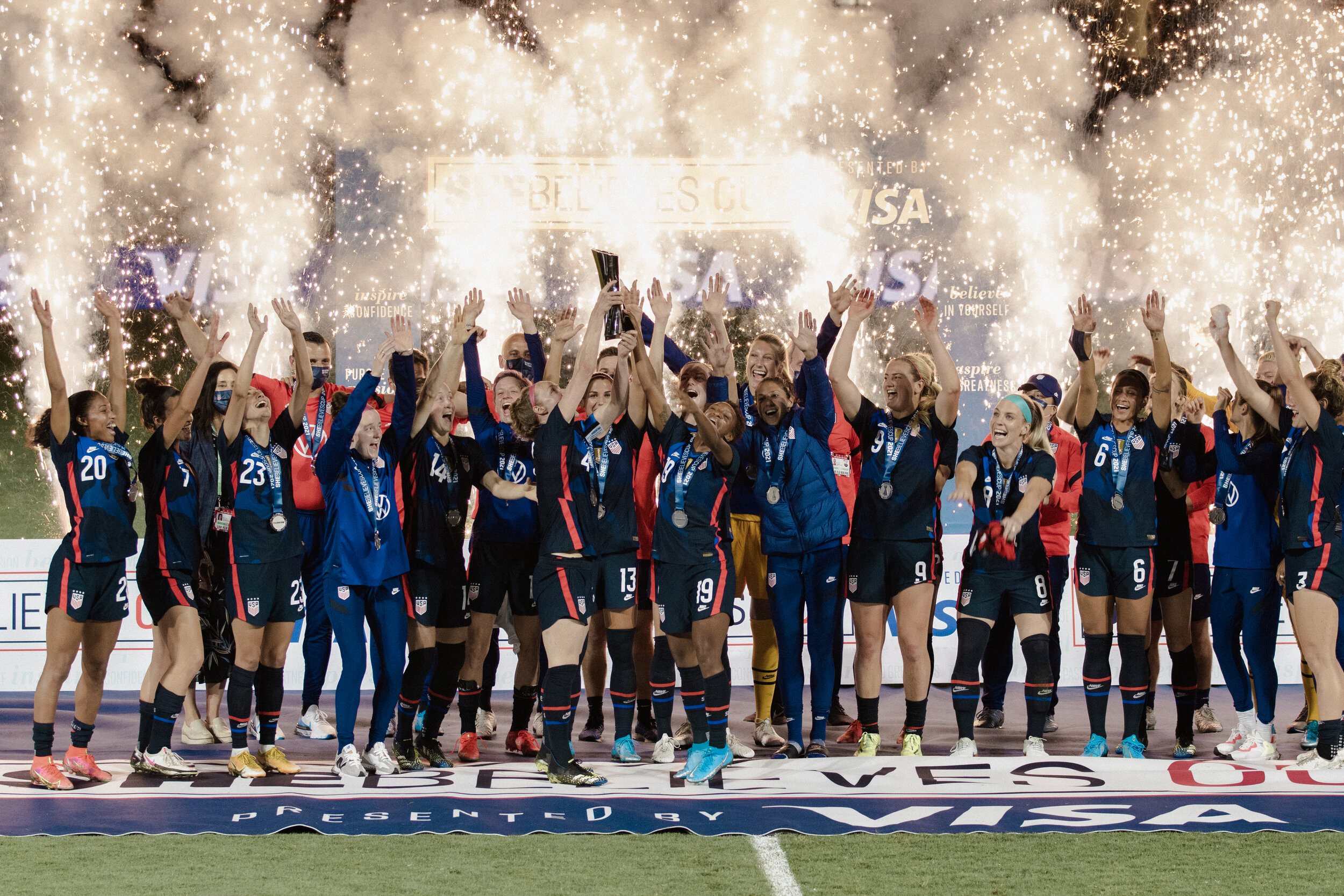What We Know About the 2026 FIFA World Cup

On June 13th, 2018, it was announced that the United States would be hosting the FIFA World Cup in 2026 for the second time in its history, after staging the 1994 tournament.
On this occasion, though, the U.S. will share the 2026 hosting duties with neighbors Canada and Mexico to accommodate the increased numbers of teams, from 32 to 48. It will be Mexico’s third time hosting the tournament and Canada’s first.
We do not yet know who has qualified, aside from the hosts, which avoids the USA another embarrassing exit in World Cup qualifiers. With the expansion, confederations will each be granted extra spots, so we will likely learn more details about the qualification process once the 2022 FIFA World Cup is complete.
The “United 2026” team has confirmed that there will be 16 host cities across the three countries. Canada and México each will have three host cities, which have been confirmed as Edmonton, Toronto, Montreal, Guadalajara, Monterrey, and México City. That leaves 10 cities for the United States, which faces some difficult decisions as it cuts certain cities from the field of seventeen.
No city has proven a competitive advantage as of late. However, it was confirmed that the World Cup Final would be played at MetLife Stadium in the NYC/NJ area. This 82,500 capacity stadium typically hosts the NY Giants and Jets of the NFL.
As for the remaining 9 cities from the USA, decisions will likely come down to transportation infrastructures — such as airports and train stations — availability of luxury hotel rooms, local population, and tourist attractions that end up helping one city over another.
Many U.S. cities, such as Washington DC, Miami, Atlanta, Los Angeles, Seattle, and Chicago, meet these minimums handily. Perhaps the unsung metric of host city selection will come down to soccer engagement in each city, which could encompass anything from average MLS/U.S. Soccer game attendance, to television ratings/streams for large matches ranging from the UCL to the 2022/2023 FIFA World Cups and 2021/2024 Olympic Soccer Tournaments.
So what can we do to make the best case for our cities? Perhaps we should do what we do best: watch, discuss, photograph, and celebrate soccer in our local cities — from our NCAA and USL teams to our beloved USMNT and USWNT.
Many cities and their local bid committees have social network pages dedicated to growing support in the city, so getting involved with your local chapter can help not only bring FIFA World Cup games to your city in 2026 but also grow its soccer culture for years to come.
The 1994 FIFA World Cup was revolutionary for American soccer. It saw the creation of the MLS, built momentum for the growing women’s game and the eventual 1999 FIFA Women’s World Cup, and to this date, it is still the most attended tournament in FIFA history.
So, at this time, we don’t know much, aside from the expanded tournament and some host cities. However, if past experiences tell us anything — from Maradona’s “Hand of God” in Mexico City to Kelley O’Hara’s lone competitive goal for the USWNT at the Montreal Stadium against Germany, we are preparing to witness a watershed moment in North American soccer, and perhaps one of the greatest World Cups in FIFA history.




